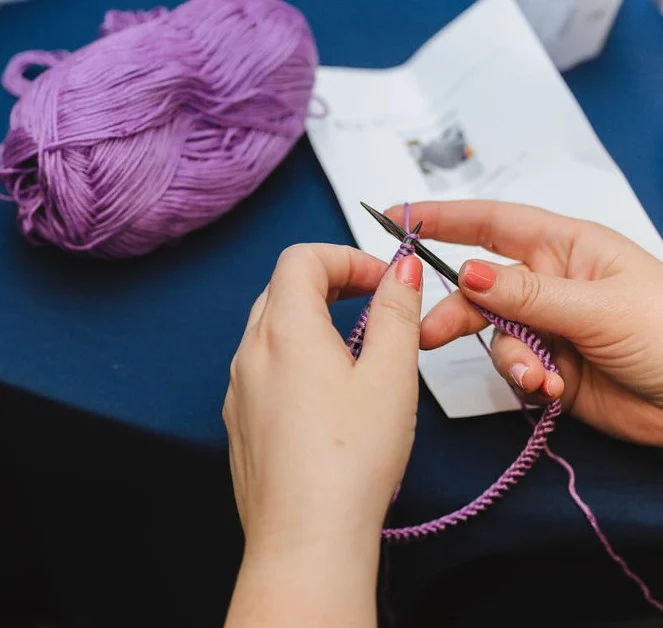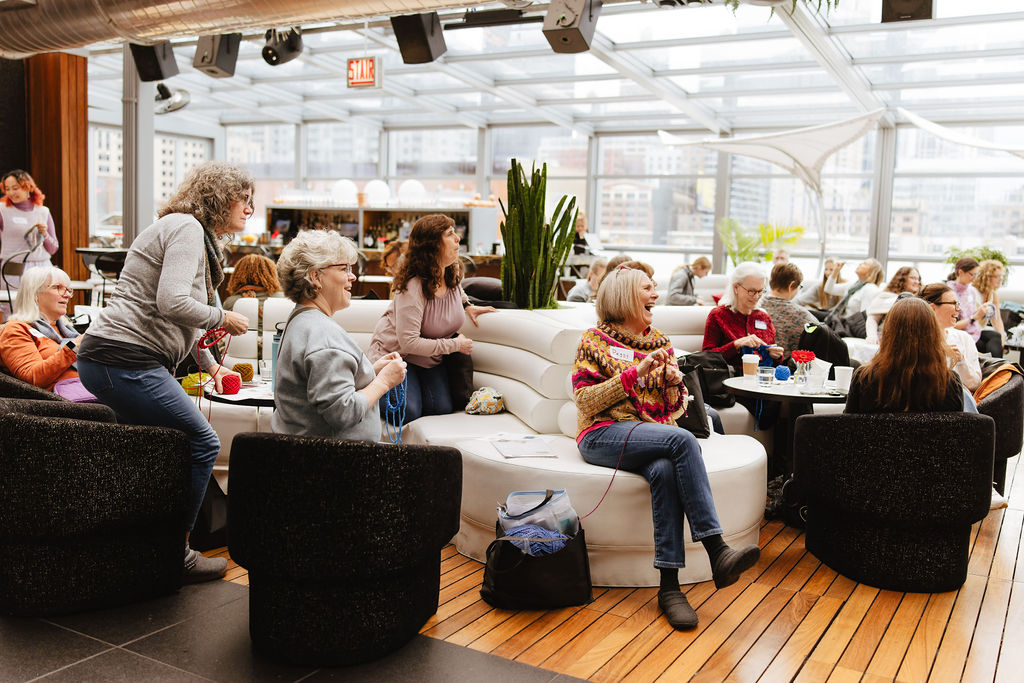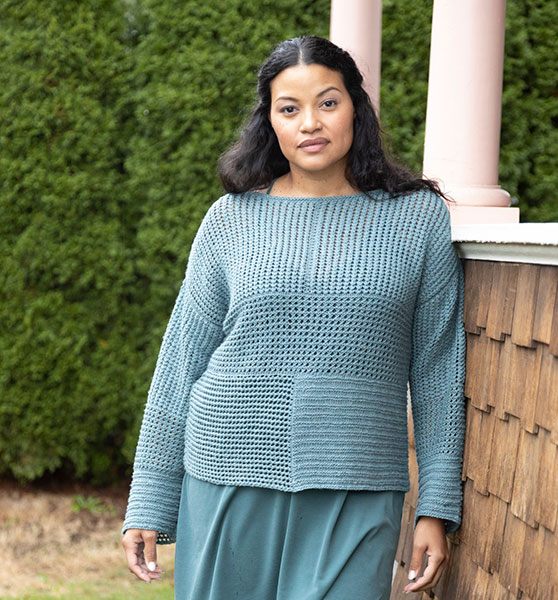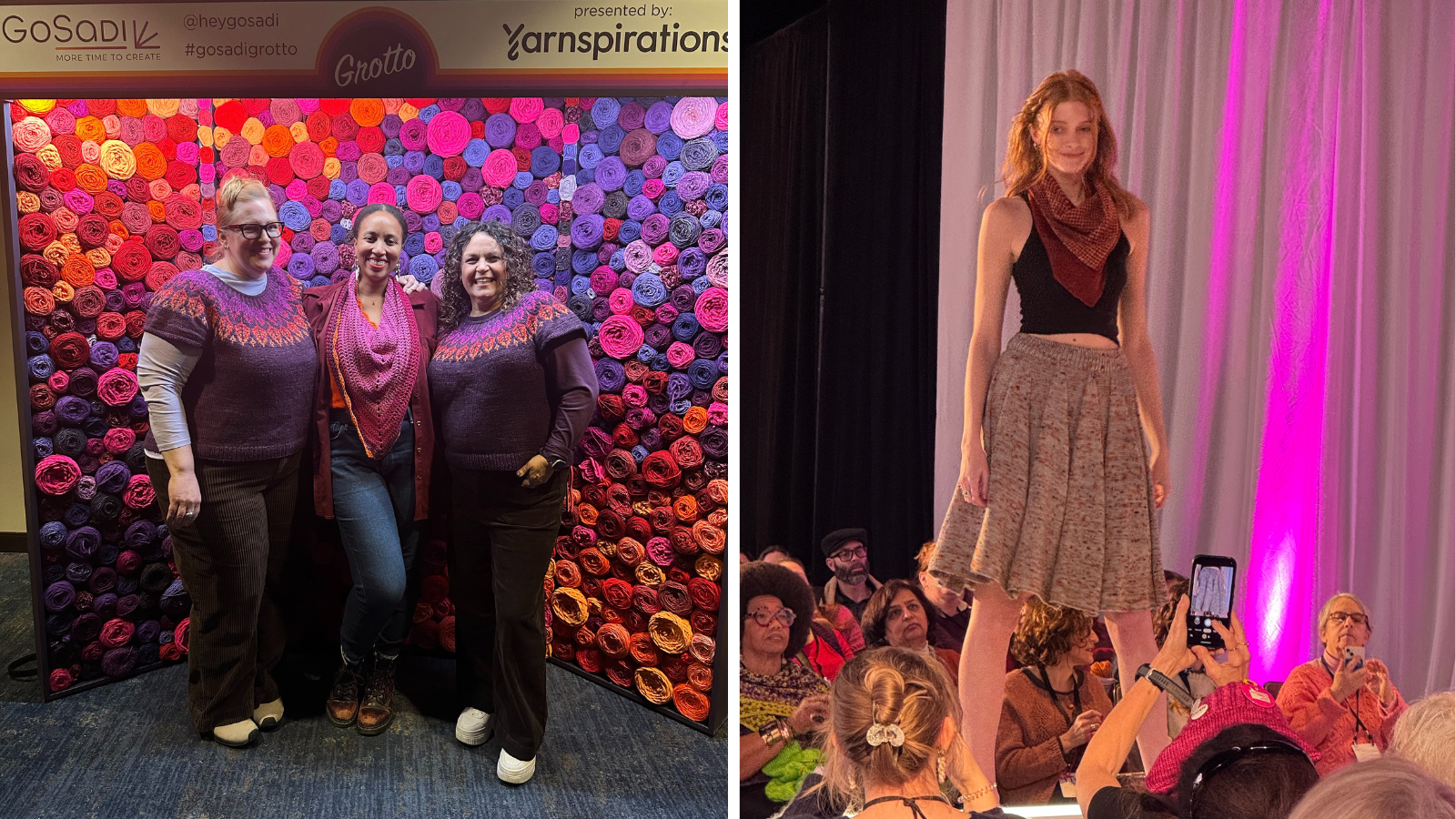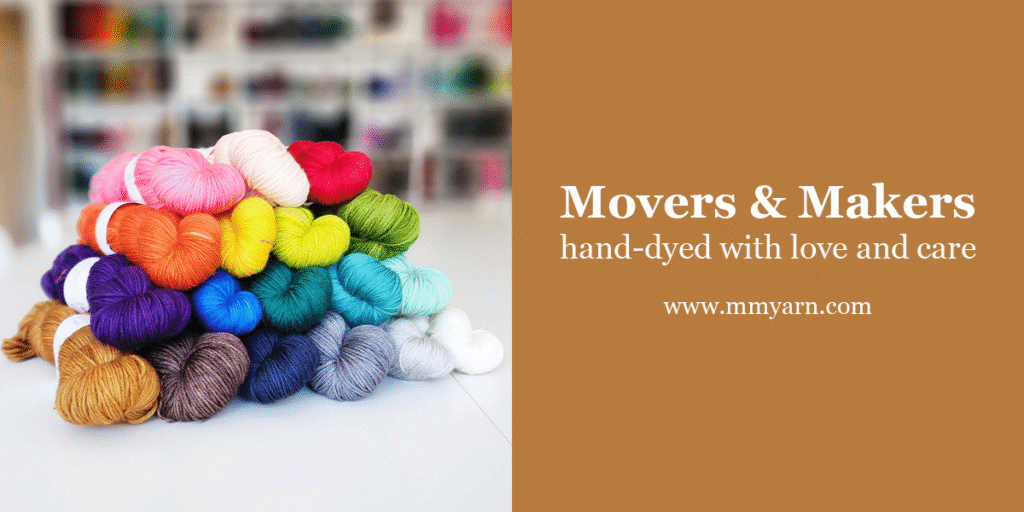As a maker, it’s easy to daydream about turning your hobby into a hustle. But have you actually considered taking those next steps and making that dream a reality? Maybe you need some help getting to that next step. If this sounds familiar, then this post is for you.
Today, let’s talk about a powerful shift – turning your beloved hobby into a business that not only fulfills your creative spirit but also brings in some extra income. Before we move on we want to say something really important, especially in today’s day: YOU DO NOT HAVE TO MONETIZE YOUR HOBBIES! It’s true. While not entirely a popular viewpoint, our co-founder Michele always says: “You CAN just have a hobby and thing you enjoy. That still has value!”
But if you do want to monetize your passion into a business, then we are here for you and have ways to help guide you through that transition. Let’s delve into the strategic steps and mindset shifts required to elevate your beloved hobby into a thriving entrepreneurial venture.
embracing the entrepreneurial mindset:
Step One: It’s time to shift your perspective. Your stitching skills are more than just a hobby; now they are the foundation of a potential business. This shift is pivotal, as it lays the groundwork for future success. Start thinking of yourself not just as a maker but as a brand, and your creations as unique offerings in the stitchwear market and your designs as your point of view.
Consider developing a brand narrative that communicates the story behind your designs. What inspired you to start this journey, and what makes your stitchwear creations stand out? This narrative will not only connect with your audience but also differentiate your brand in a crowded market. Think: what are the core values that guide your creative process? Defining this will not only add depth to your brand but will resonate with future customers who align with your values.
Behind the scenes, you’ll need to think: what steps do I need to take to cultivate my business? You’re going to come up against decisions that will be different than if you were still thinking in a hobby mindset.
Buying yarn, for example: this is now a business expense. Is it budgeted that way? Does the yarn you are buying serve the business plan or is it just something you like, meaning it’s actually for you and not for the business? The mindset shift is the most important step because it informs all the future steps and choices you’ll make.
When taking this first step it’s helpful to decide which of these three you fall in. Keep in mind, you can change your mind at any time!
-
Monetized hobby: one that pays for itself and allows you to have a little extra coin from doing what you love.
-
Full on side hustle: not your main gig but you take it seriously and are building it. You want to make enough to save for extra things, trips, life expenses, etc.
-
Small business: you are building a bonafide small business to fully support yourself.
Once you know where you sit on this spectrum, you are informed to make better decisions and determine how to build the business that YOU want.
valuing your craft:
Understand the intrinsic value of your work. As a hobby, the value it adds to your life is clear. Now as you look to monetize your skills in a new way, you will have to assign specific values to your work. Whether you’re just starting or generating a modest income, acknowledging the worth of your creations is SO important! Resist undervaluing the time, effort, and talent invested in each piece.
This perspective not only sets a precedent for self-appreciation but also establishes a foundation for fair pricing that you can build from.
Start thinking about the value of your time and the materials you use. Think about how you want to pay yourself. Maybe you’re just looking to cover the costs of your hobby and have it pay for itself. Do market research and align your goals with what the market can support and you will be able to determine the best value proposition.
setting the stage for success:
Lay the groundwork for a successful business from the start. Register your business, set up a dedicated bank account, and keep detailed records. These steps may seem small, but they create a solid foundation for growth.
Consider speaking with a tax professional or accountant to set up the best practices for sales tax in your area. Some areas require you to register for a sales tax ID so you want to make sure you are collecting and filing correctly based on local laws.
Consider exploring legal considerations. Consult with professionals to ensure compliance with local regulations, trademarks, and intellectual property protection. Understanding the legal aspects from the beginning safeguards your brand as it grows.
Try creating a business plan that outlines your short-term and long-term goals. This plan can serve as a roadmap, helping you navigate challenges and capitalize on opportunities as your stitchwear business evolves.
Keep reading: Crafting Copyright Confidence for Designers
establishing an online presence:
In the digital age, an online presence is non-negotiable. Showcase your designs through a simple website and leverage social media platforms to reach a broader audience. Beyond attracting potential customers, an online presence lends a professional aura to your brand, instilling confidence in your audience.
Explore various online platforms that cater to the stitchwear community. Participate in forums and engage with other creators to expand your reach. The goal is to create a digital footprint that amplifies your brand and fosters a community around your creations.
For next steps, invest time in search engine optimization (SEO) practices to enhance the discoverability of your online content. Utilize relevant keywords, create engaging meta-descriptions, and optimize images to increase your visibility on search engines. This strategic approach ensures that your brand reaches a wider audience organically.
marketing on a budget:
Effective marketing doesn’t need to break the bank. Leverage free or low-cost tools such as social media, email newsletters, and word of mouth to promote your stitchwear designs. Consistency is key; start with modest efforts and persist over time. The goal is to steadily grow your audience and customer base.
Content calendars are a great way to plan out your marketing! From built-in social media tools to creating your own content planner in Google Sheets, there are plenty of free options to choose from. This will empower you to strategically release content, maintain a consistent brand image, and engage your audience regularly. When you’re ready, explore partnerships with other creators or businesses within the stitchwear community to cross-promote and expand your reach.
Encourage your customers to share their experiences with your stitchwear creations on social media, creating a community-driven narrative around your brand. This isn’t just about showcasing finished products; it’s about fostering a community-driven narrative that weaves together individual journeys, inspirations, and moments of joy. Placing community at the core of your marketing strategy transforms your audience into active participants, creating not just consumers but contributors to a shared journey.
Check out Jessica Brist of Snickerdoodle Knits insights in her ‘Embracing Authenticity’ post!
pricing strategies:
Determine fair and competitive pricing for your creations by factoring in the cost of materials, your time, and a reasonable profit margin. Conduct market research to understand the pricing landscape for similar products. This ensures that your pricing aligns with industry standards while offering value to your customers.
Not sure where to start? Check out our three-part series on pricing:
Pricing 101: A Guide for Aspiring Knitwear and Crochet Designers
Pricing 102: Finding Your Sweet Spot in a Diverse Market
Pricing 103: Strategic Pricing, Tailoring Your Rates for Different Selling Channels
expanding your skill set:
The learning never stops. Expand your skill set by attending workshops, consuming tutorials, and experimenting with new techniques. This not only keeps your designs fresh and captivating but also positions you as a versatile creator capable of offering a diverse range of stitchwear products.
Consider collaborating with other creators or professionals in related fields. This not only broadens your skill set but also introduces your brand to new audiences. Attend industry events, both online and in person, to stay updated on the latest trends and innovations within the stitchwear community.
Explore the possibility of creating tutorial content or hosting workshops to share your expertise with a wider audience. This not only establishes you as an industry authority but also creates additional revenue streams for your business.
Congratulations on taking the first steps towards turning your hobby into a thriving hustle and business! Remember, every successful business started with a passion and a willingness to transform it into something more. By adopting an entrepreneurial mindset, valuing your craft, and taking strategic steps, you’re well on your way to building a business that reflects your creativity and contributes to your financial success.
Ready for more industry insights? Sign up for our Newsletter today!

